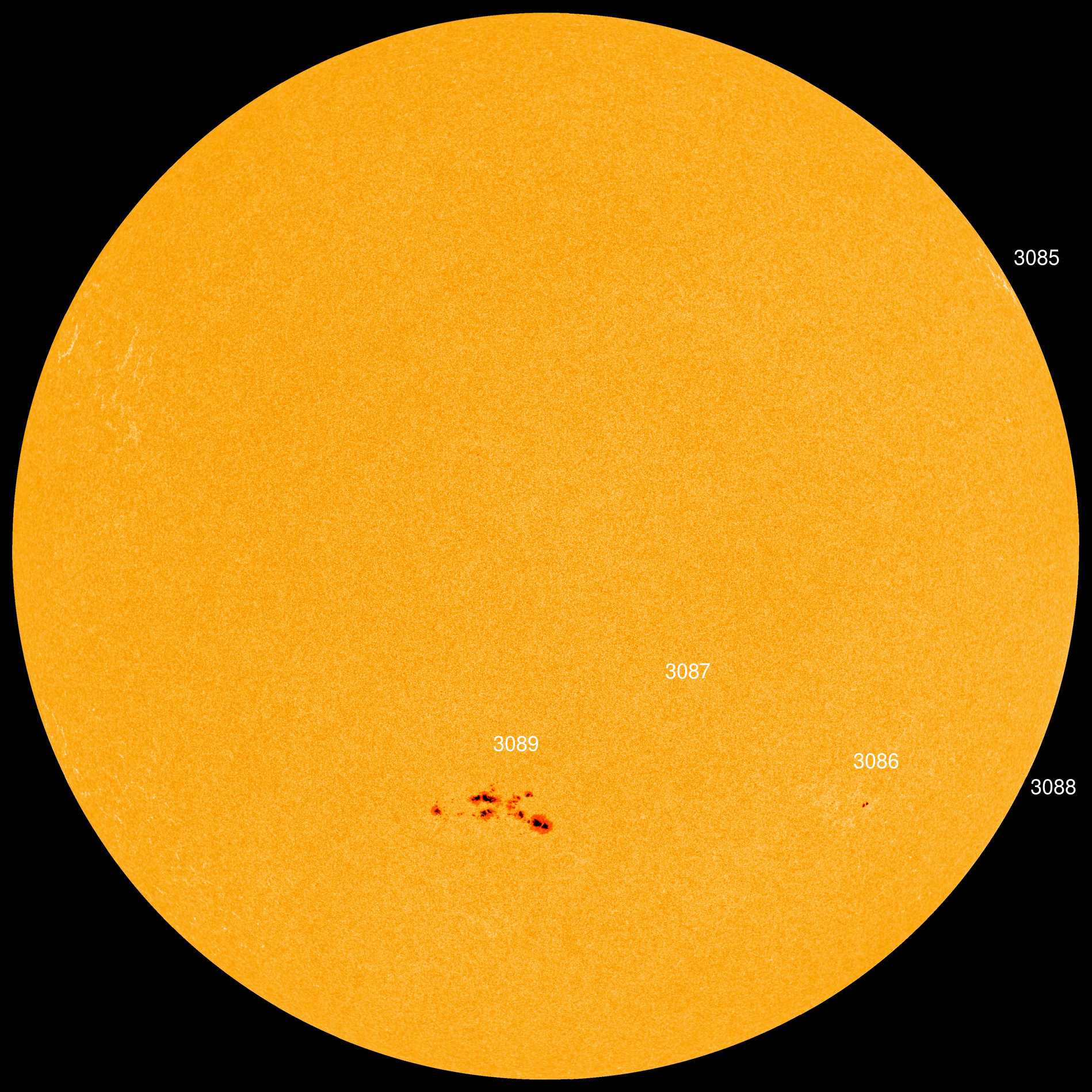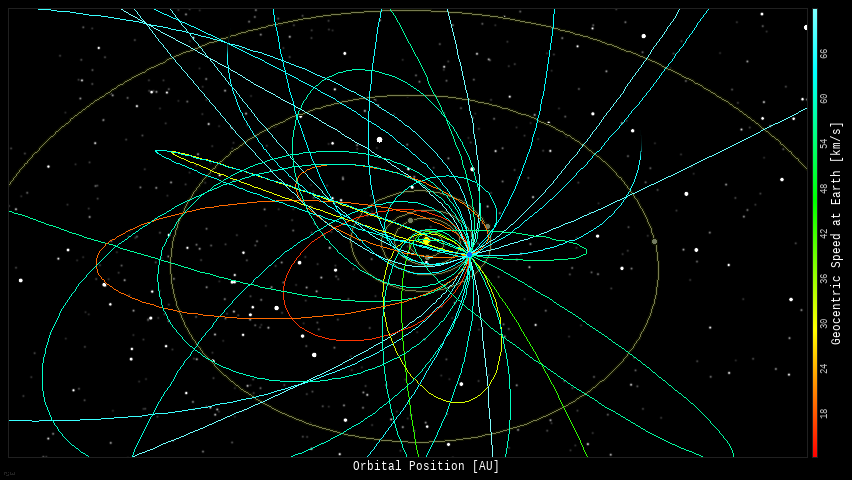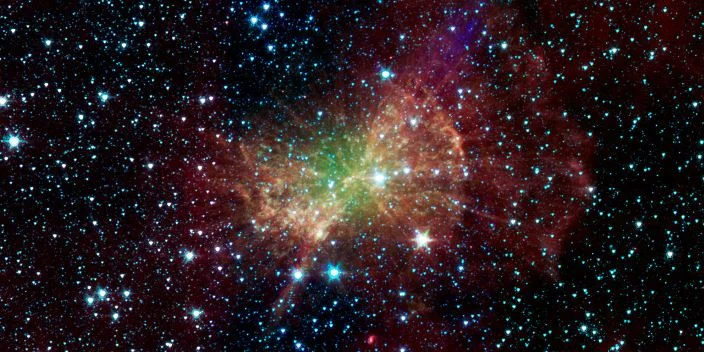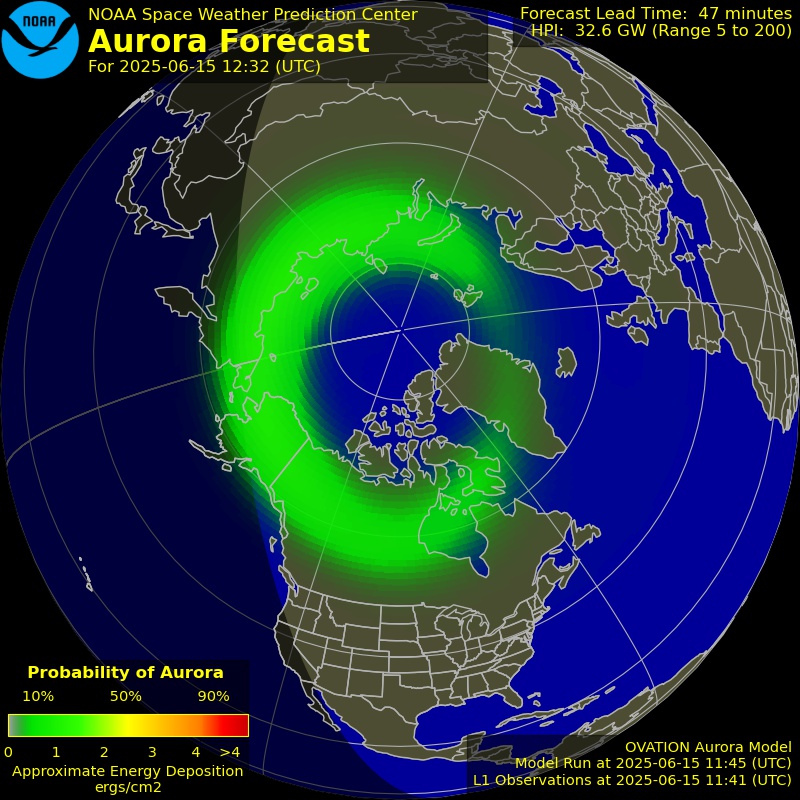Astronomy at the Beach 2022 on the VO Calendar
I’ve added Michigan’s Astronomy at the Beach event, and the remote presentations I’m giving during it to the calendar on the VO website.

I will not be attending the live event – I will be hosting a couple Zoom sessions during the event:
- A Tour of the Solar System – I’ll visit all the usual places, and several unusual ones in the solar system and beyond using SpaceEngine. Note: I want to give this presentation to a LOT of classrooms this year!
[Friday Sept. 16 6:00 PM EST] [Saturday Sept. 17 6:00 PM EST] - A Mission to Mars – I’ll design, build, launch, fly and land a probe to Mars (Er, Duna) in Kerbal Space Program. Along the way, I’ll show some basic orbital mechanics. Hilarity is a given.
[Friday Sept. 16 7:00 PM EST] [Saturday Sept. 17 7:00 PM EST]


Morning: Venus appears low above the eastern horizon before dawn.

Morning: Mars and the Pleiades star cluster appear nearly overhead in the predawn sky.

Morning: Jupiter rises in the east, and Saturn appears above the horizon in the southeast after sunset

Morning: Jupiter appears high in the southwestern sky before dawn; Saturn sets in the west-southwestern sky shortly after 5:00 AM.

Evening: A thin crescent Moon appears above the west-southwestern horizon on August 30th and 31st.

Evening: The crescent Moon appears near the star Antares in the south-southwestern sky after sunset on September 3rd.

Evening: The Moon appears in the “handle of the teapot” of the constellation Sagittarius in the southern sky after sunset on September 5th. Credit: Bob Trembley / Stellarium.


- The Moon is a Waxing crescent – visible low to the southwest in the early evening.
- The First Quarter Moon occurs on September 5th – visible high in the southern sky in early evening.
- After September 5th, the Moon will be a Waxing Gibbous – visible to the southeast in early evening, and up for most of the night.

If you click on the Moon image above, or click this link, you will go to NASA’s Moon Phase and Libration, 2022 page – it will show you what the Moon looks like right now. If you click the image on that page, you will download a high-rez TIFF image annotated with the names of prominent features – helpful for logging your lunar observations! (See below)
Moon News

The Sun has five named sunspots, again – AR3088 is VERY active, and rotating out of view.!
Spaceweather.com says: “Sunspot AR3089 has a delta-class magnetic field that poses a threat for X-class solar flares.”

Videos courtesy of NASA/SDO and the AIA, EVE, and HMI science teams.
You can view the Sun in near real-time, in multiple frequencies here: SDO-The Sun Now.
You can create your own time-lapse movies of the Sun here: AIA/HMI Browse Data.
You can browse all the SDO images of the Sun from 2010 to the present here: Browse SDO archive.
Amateur Solar Astrophotography
2022/8/24
CFF 200MM F8, PM4X
BAADER SOLAR CONTINUUM FILTER
PLAYERONE SATURN-M SQRAkihiro Yamazaki
Solar Corona
Solar wind speed is 558.1 km/sec ▲ with a density of 11.42 protons/cm3 ▲▲ at 0210 UT.
Click here to see a near real-time animation of the corona and solar wind from the Solar & Heliospheric Observatory (SOHO).
Sun News:

- Near-Earth Objects (NEOs) discovered this month: 115, this year: 1656, all time: 29,482 (+102)
- Potentially Hazardous Asteroids (PHAs): 2281 (+1 updated 2022-08-30)
- Total Minor Planets discovered (MPC): 1,217,302 (-57 updated 2022-08-30)
Upcoming Earth-asteroid encounters:
| Asteroid | Date(UT) | Miss Distance | Velocity (km/s) | Diameter (m) |
| 2022 QX1 | 2022-Aug-31 | 5.4 LD | 21.1 | 43 |
| 2022 QZ6 | 2022-Aug-31 | 3.3 LD | 11.2 | 35 |
| 2021 CQ5 | 2022-Sep-01 | 8.7 LD | 13.5 | 7 |
| 2022 QB2 | 2022-Sep-01 | 10.3 LD | 15.9 | 32 |
| 2022 QN5 | 2022-Sep-02 | 2.4 LD | 13.5 | 22 |
| 2022 QU5 | 2022-Sep-05 | 19.2 LD | 7.1 | 31 |
| 2022 QC7 | 2022-Sep-06 | 12.2 LD | 9.1 | 21 |
| 2022 QF2 | 2022-Sep-11 | 19.1 LD | 8.4 | 44 |
| 2008 RW | 2022-Sep-12 | 17.5 LD | 10.2 | 98 |
| 2020 PT4 | 2022-Sep-15 | 19.7 LD | 10.8 | 39 |
| 2022 QD1 | 2022-Sep-16 | 19.5 LD | 9.5 | 72 |
| 2016 HF2 | 2022-Sep-29 | 19.2 LD | 5.6 | 21 |
| 2018 ER1 | 2022-Oct-02 | 14.7 LD | 4 | 27 |
| 2018 VG | 2022-Oct-05 | 18.5 LD | 6.7 | 12 |
| 2021 TJ10 | 2022-Oct-06 | 19.6 LD | 8.1 | 6 |
| 2006 SG7 | 2022-Oct-07 | 16.7 LD | 18.4 | 93 |
| 2013 TJ6 | 2022-Oct-07 | 11.7 LD | 14.4 | 32 |
| 2013 SL20 | 2022-Oct-14 | 6.2 LD | 12.1 | 45 |
| 2020 TO2 | 2022-Oct-15 | 1.4 LD | 12.6 | 18 |
| 2020 BD | 2022-Oct-16 | 12.1 LD | 11.4 | 20 |
| 2022 QM6 | 2022-Oct-17 | 19.8 LD | 4.2 | 69 |
| 2016 TH94 | 2022-Oct-25 | 19.1 LD | 13.5 | 43 |
| 2019 AN5 | 2022-Oct-27 | 20 LD | 6.8 | 213 |
Asteroid News:

On August 29, 2022, the NASA All Sky Fireball Network reported 27 fireballs!
(26 sporadics,1 northern iota Aquariid)

Fireball News:
If you see a bright meteor or a fireball, please REPORT IT to the American Meteor Society and the International Meteor Organization!

Position of the planets & several spacecraft in the inner solar system on August 30th:

Position of the planets in the middle solar system – August 2022:

Position of the planets in the outer solar system first half of 2022:

Solar System News

See a list of current NASA missions here: https://www.jpl.nasa.gov/missions?mission_status=current

ex·o·plan·et /ˈeksōˌplanət/, noun: a planet orbiting a star other than the Sun.
* Confirmed Planets Discovered by TESS refers to the number planets that have been published in the refereed astronomical literature.
* TESS Project Candidates refers to the total number of transit-like events that appear to be astrophysical in origin, including false positives as identified by the TESS Project.
* TESS Project Candidates Yet To Be Confirmed refers to the number of TESS Project Candidates that have not yet been dispositioned as a Confirmed Planet or False Positive.
Exoplanet News:
August 25, 2022
First JWST Exoplanet Transmission Spectroscopy Data Available in the NASA Exoplanet Archive!
We’ve added new WASP-39 b spectra from NASA’s Webb Telescope to our Transmission Spectroscopy table, which provides a single place to access publicly available spectra taken by various telescopes for this object, including NASA’s Hubble and Spitzer, the Very Large Telescope, and Chile’s Observatorio Astronomico Nacional.
Pro Tip: Enter WASP-39 b in the Planet Name column to filter the table to view only the WASP-39 b entries.
Read the media release and the discovery paper .
All These Worlds
An ever-growing slideshow with exoplanet images I’ve created for these posts:

SpaceWeather.com Realtime Aurora Gallery: https://spaceweathergallery.com/aurora_gallery.html
Latest Aurora Oval Forecast

- Visit an International Dark Sky Park: https://www.darksky.org/our-work/conservation/idsp/parks/
- If you live in Michigan, visit the Michigan Dark Skies site: https://sites.lsa.umich.edu/darkskies/

Beautiful Universe
Messier Tour: M27 – The Dumbbell Nebula

Messier 27 (M27), also known as the Dumbbell Nebula, Diabolo Nebula or Apple Core Nebula, is a planetary nebula in Vulpecula. The Dumbbell Nebula is large in size and quite bright, which makes it a popular object among amateur astronomers. It can be seen in binoculars and small telescopes.
The nebula covers an area of 8 by 5.6 arc minutes of the apparent sky and has a linear radius of 1.44 light years. Its faint halo stretches out to more than 15 arc minutes. M27 lies at an approximate distance of 1,360 light years, or 417 parsecs, from Earth and has an apparent magnitude of 7.5. It has the designation NGC 6853 in the New General Catalogue.
Messier 27 is the second brightest planetary nebula in the sky, second only to the Helix Nebula in Aquarius, and probably the easiest one to observe because it has a higher surface brightness than the Helix and is therefore easier to find. – messier-objects.com

The name Dumbbell comes from the English astronomer John Herschel, who observed the nebula in 1828 and compared its shape to that of a dumbbell.
The Dumbbell Nebula lies just to the south of the star 14 Vulpeculae. It can be seen in large binoculars, and some of its details are visible even in smaller telescopes. The best time of year to observe M27 is summer as it lies within the Summer Triangle, a prominent asterism in the summer sky formed by the bright stars Altair in Aquila constellation, Vega in Lyra and Deneb in Cygnus. – messier-objects.com

Location of M27 in the Milky Way

Here’s my obligatory “What would a planet look like if it were near that Messier object” pic:

Cover Image: Messier 27. Credit: Giuseppe Donatiello
Messier Object List: [Link]
Software Apps used for this post:
NASA Eyes on the Solar System: an immersive 3D solar system and space mission simulator – free for the PC /MAC.
Stellarium: a free web-based planetarium app. It’s a great tool for planning observing sessions. Latest update released on July 7, 2022.
SpaceEngine – Explore the universe in 3D and VR! Latest update released on July 6, 2022.
Worldwide Telescope – operated by the American Astronomical Society (AAS). Latest update released on March 31, 2022.





























































































